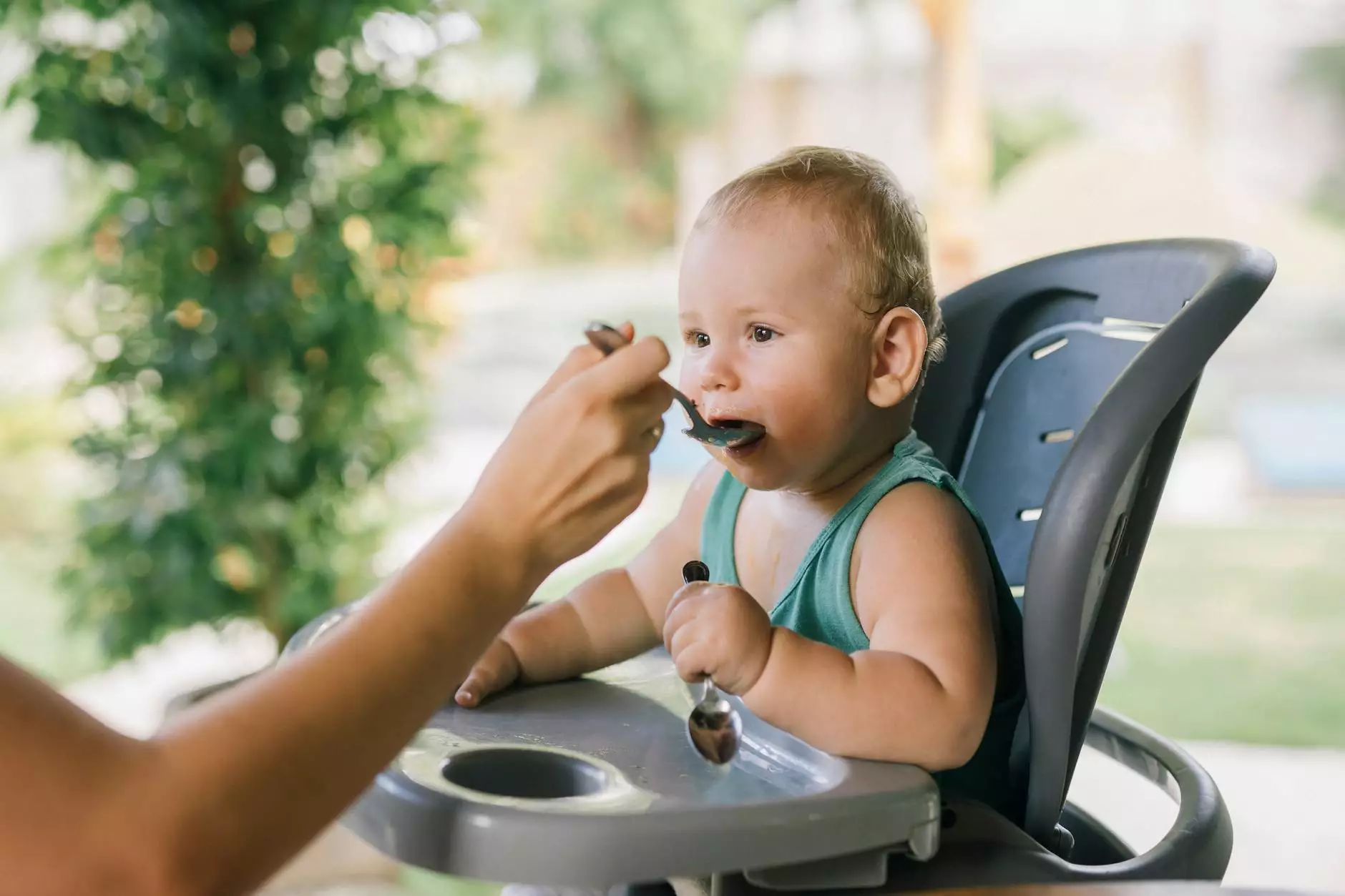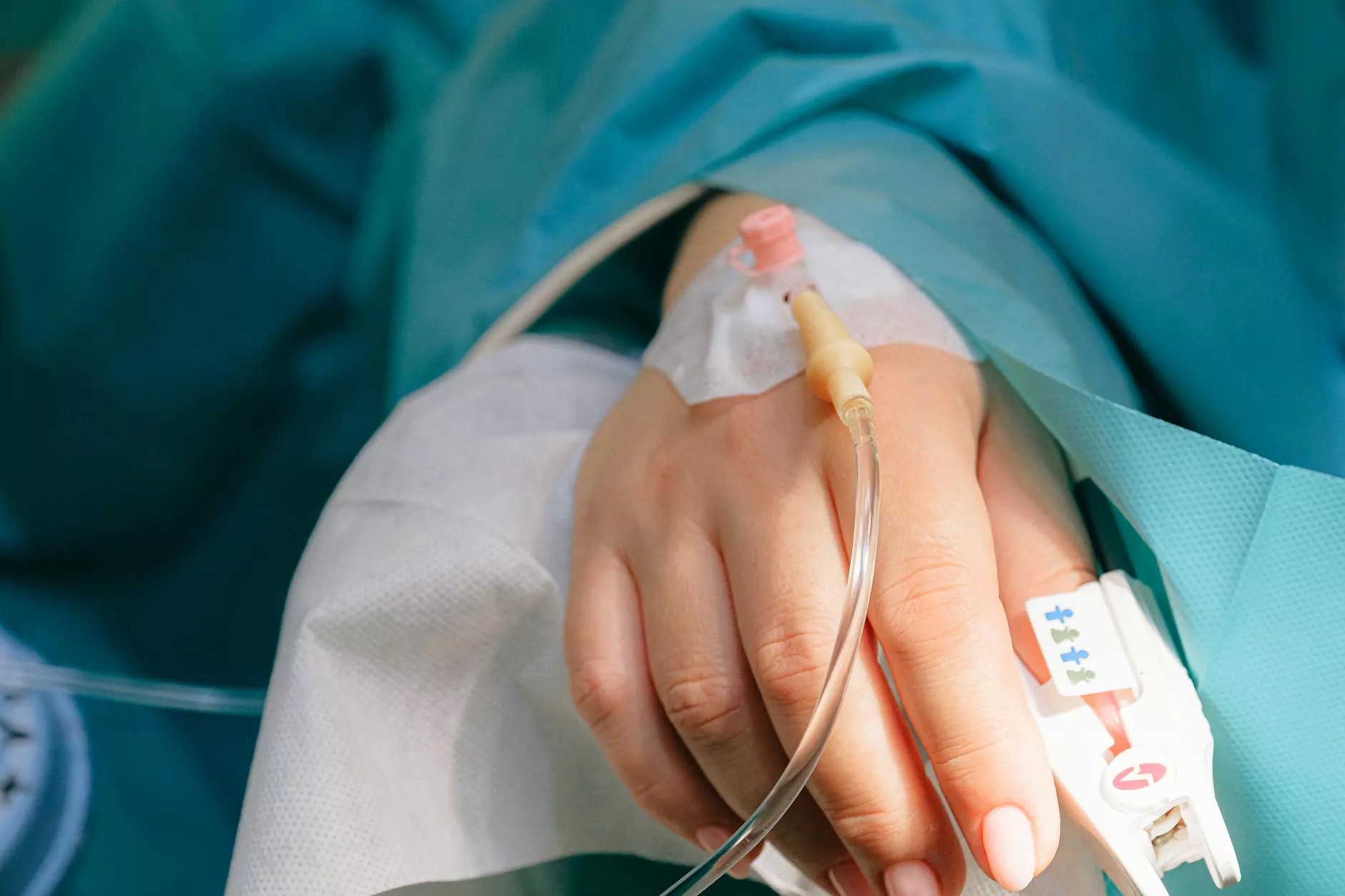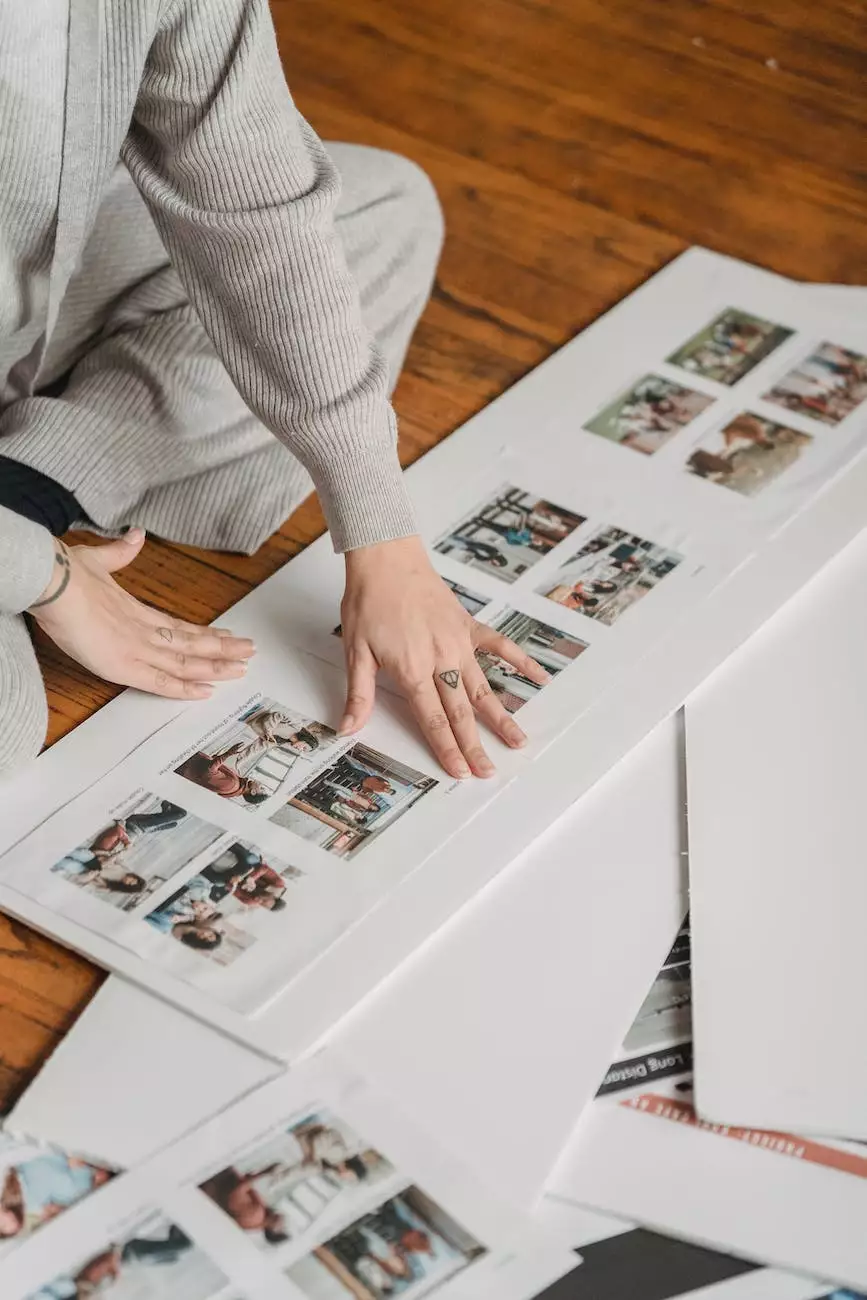Tips to Keep Your Baby Safe
Health
Welcome to Muir Diablo Occupational Medicine's comprehensive resource on baby safety. As parents, ensuring the well-being and security of our little ones is of utmost importance. In this guide, we will provide you with invaluable tips and information on maintaining a safe environment for your baby.
The Importance of Baby Safety
When it comes to caring for your baby, safety should always be a priority. Babies are constantly exploring and learning about their surroundings, which means they may encounter potential hazards. By having a good understanding of baby safety measures, you can create a secure environment that promotes healthy development and peace of mind for both you and your baby.
Creating a Safe Environment
One of the first steps in ensuring your baby's safety is to create a safe environment at home. Here are some essential considerations:
1. Babyproofing Your Home
Babyproofing involves identifying potential hazards and taking necessary precautions to minimize the risk of accidents. Start by installing safety gates at the top and bottom of stairs to prevent falls. Cover electrical outlets with safety plugs and secure heavy furniture to the wall to prevent tipping. Keep small objects out of reach and use baby safety latches on cabinets and drawers.
2. Safe Sleep Practices
Your baby's sleep environment plays a crucial role in their safety. Ensure your baby sleeps in a crib or bassinet that meets safety standards, with a firm mattress and fitted sheet. Avoid soft bedding, pillows, or stuffed animals in the crib, as they can pose suffocation risks. Place your baby on their back to sleep, and don't co-sleep to reduce the risk of Sudden Infant Death Syndrome (SIDS).
3. Bath Time Safety
Babies can easily slip in the bathtub, so never leave your baby unattended during bath time. Use a baby bathtub or a non-slip mat in the regular bathtub to prevent accidents. Make sure the water temperature is warm, around 100°F (38°C), and always test it before immersing your baby. Keep all bath products within reach but out of your baby's grasp.
4. Safe Handling and Feeding
Practice safe handling and feeding techniques to prevent accidents and promote healthy growth:
- Always support your baby's head and neck when carrying them.
- Use a high-quality, sturdy, and certified car seat when traveling.
- Never leave your baby unattended on an elevated surface, such as a changing table.
- When preparing formula or heating breast milk, always check the temperature before feeding.
- Introduce solid foods gradually, following your pediatrician's recommendations.
Recognizing and Handling Emergencies
Despite our best efforts, emergencies can still occur. It's crucial to be prepared and know what to do in such situations. Here are some important points to remember:
1. Choking
Choking is a common hazard for babies, especially when they start exploring solid foods. Learn how to perform infant CPR and familiarize yourself with the proper techniques for clearing an obstructed airway. Keep emergency contact numbers readily available and take a first aid course to be prepared.
2. Burns and Scalds
Hot liquids, such as boiling water or coffee, can cause severe burns. When handling hot drinks or cooking, ensure your baby is at a safe distance. Always test the temperature of food or liquid before feeding them to your baby. In case of a burn or scald, cool the area under running water and seek medical help if necessary.
3. Falls
Babies become more mobile as they grow, increasing the risk of falls. Install safety gates at the top and bottom of staircases, use window guards to prevent falls from heights, and place safety guards on edges and corners of furniture. Always keep a close eye on your baby and provide a safe play area with soft surfaces.
4. Poisoning
Babies are naturally curious, and they tend to put everything in their mouths. Ensure cleaning products, medications, and poisonous substances are stored securely out of reach. Keep the number for poison control helpline handy and familiarize yourself with the signs of poisoning.
Conclusion
By following these essential tips, you can create a safe and secure environment for your baby to thrive in. Remember, baby safety is an ongoing process, so continuously evaluate your surroundings, stay informed about the latest safety guidelines, and take prompt action to address any potential hazards. At Muir Diablo Occupational Medicine, we prioritize the health and well-being of your family. Feel free to reach out to us with any concerns or questions regarding baby safety and healthcare.



